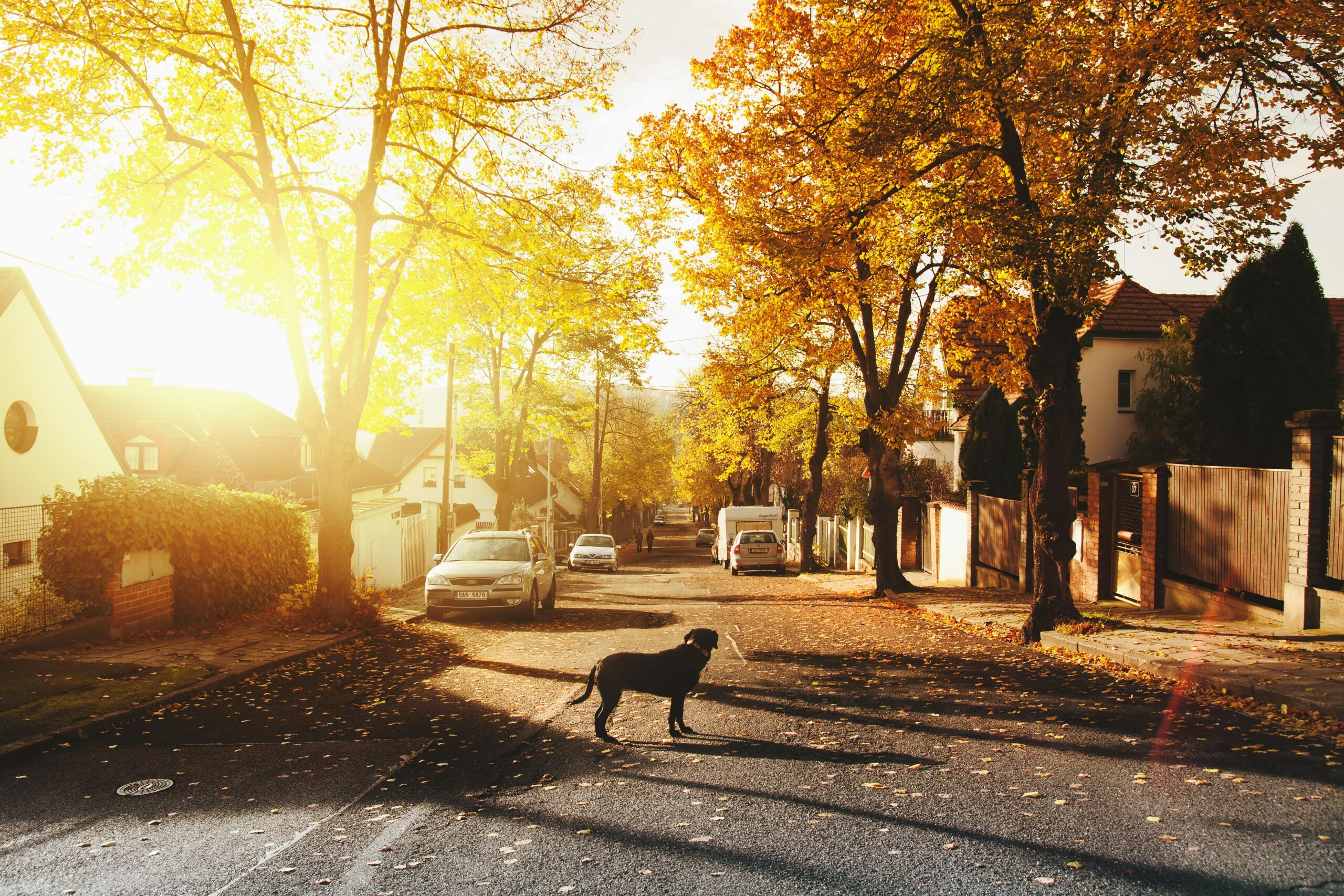
The U.S. real estate market is undergoing a quiet but powerful transformation. For decades, major cities like New York, Los Angeles, and Chicago dominated the real estate conversation. Yet today, small towns across the United States are stealing the spotlight. Investors, first-time homebuyers, and even seasoned developers are increasingly turning their attention to small-town real estate.
So, what’s fueling this trend? Why are investors betting big on small-town properties? And how can you benefit from this shift, whether you’re buying your first home or expanding your investment portfolio? Let’s dive in.
The Rising Appeal of Small-Town Living
America’s small towns are no longer just idyllic places for weekend getaways or retirement. They’re becoming a preferred destination for people across all age groups, thanks to several social, economic, and technological shifts.
One of the biggest draws is the lifestyle small towns offer. With quieter neighborhoods, less traffic, and a greater sense of community, these towns provide a stark contrast to the fast-paced, high-pressure urban lifestyle. This shift toward prioritizing quality of life over hustle has led many Americans to reconsider where they live.
Additionally, affordability plays a major role. The cost of living in a small town is significantly lower than in urban areas. For first-time homebuyers who’ve struggled to break into urban markets, small towns present a real opportunity to achieve the American dream of homeownership.
Affordable Entry Points for First-Time Buyers
In 2024, the median price of a home in the United States sits at around $416,000, with prices significantly higher in cities like San Francisco, Boston, and Seattle. For first-time buyers, that number often feels out of reach. But in small towns, the story is very different. It’s not uncommon to find properties listed for $200,000 or less, especially in the Midwest, the South, or smaller towns in the Northeast.
Lower home prices not only make small-town real estate accessible but also reduce financial risks. First-time homebuyers who purchase in small towns often find themselves in a better position to save, build equity, and enjoy a home without overextending themselves financially.
Small towns also tend to have lower property taxes and insurance costs, which add to the affordability factor. For those who’ve been priced out of urban markets, small-town real estate offers a much-needed lifeline.
The Remote Work Revolution: A Game Changer
The pandemic fundamentally changed how we work, and those changes are here to stay. According to research from Upwork, over 36 million Americans will work remotely by 2025—a dramatic increase from pre-pandemic levels. With many jobs no longer tied to a physical office, people have the flexibility to choose where they live based on lifestyle preferences rather than proximity to work.
For a growing number of remote workers, small towns check all the boxes. They provide more space for home offices, proximity to nature, and a slower pace of life—all without the urban price tag. This influx of remote workers has transformed small-town economies, boosting demand for housing and attracting new businesses, from coffee shops to coworking spaces.
For real estate investors, this is an opportunity to capitalize on a growing market of renters and buyers seeking properties in small towns. For first-time homebuyers, it’s a chance to embrace a more flexible, affordable way of life.
The Boom in Small-Town Rental Markets
The rental market in small towns is another area of rapid growth. As more people migrate from cities to smaller communities, rental properties are in high demand. Many renters are either testing the waters before buying or are part of a growing group of people who prefer renting for the flexibility it provides.
For real estate investors, this presents a golden opportunity. Rental yields in small towns are often higher than in urban areas, especially when property acquisition costs are lower. Additionally, many small-town markets are underdeveloped in terms of rental housing, giving investors a chance to fill gaps and meet demand.
Short-term rentals are another thriving market in small towns. Platforms like Airbnb and Vrbo have made it easy to turn properties into lucrative vacation rentals. Small towns near tourist attractions, natural parks, or historic sites tend to perform exceptionally well in this space.
Infrastructure Improvements and Urban Sprawl
Another factor driving the growth of small-town real estate is urban sprawl. As cities grow and expand outward, they bring improved infrastructure—such as new highways, schools, and healthcare facilities—to nearby towns. These “commuter towns” or “bedroom communities” are increasingly popular among professionals who want the best of both worlds: access to city jobs and the lifestyle perks of small-town living.
For investors, these towns are prime real estate. Properties located in areas poised for growth often see significant appreciation over time. Whether you’re flipping homes or holding properties for the long term, towns benefiting from urban sprawl offer solid returns.
Diversifying Investment Portfolios
Investing in small-town real estate isn’t just about chasing trends—it’s a strategic way to diversify your portfolio. Many long-time investors have focused heavily on urban markets, where property values and rental demand have historically been strong. But the shift toward small towns allows for new opportunities.
Small-town investments typically come with lower acquisition costs, which means you can buy more properties or diversify into different regions. Additionally, smaller markets are often less volatile than urban ones, making them a safer bet in uncertain economic times.
Regional Hotspots: Where to Invest
While the appeal of small-town real estate is growing nationwide, some regions stand out for their unique opportunities. Here are a few hotspots to consider:
- The Midwest: Towns like Columbus, Indiana, and Sioux City, Iowa, are gaining attention for their affordability, stable job markets, and high quality of life.
- The South: States like North Carolina, Texas, and Tennessee are experiencing population booms. Towns near Austin, Dallas, and Nashville are particularly hot.
- The Mountain West: With stunning natural landscapes and outdoor recreation opportunities, towns in Idaho, Montana, and Colorado are drawing new residents.
- The Northeast: Small towns in New Hampshire, Vermont, and upstate New York are benefiting from urban flight as people leave cities like Boston and New York for quieter, more affordable surroundings.
When evaluating a region, look for indicators like population growth, job creation, and infrastructure investments. These factors signal a strong market with room for appreciation.
Building Community and Quality of Life
Small towns are more than just affordable—they’re desirable. They offer a sense of community that’s hard to find in large cities. For families, this often means safer neighborhoods and better schools. For retirees, it’s the chance to enjoy a slower pace of life. And for millennials, it’s a way to escape the grind of urban living without sacrificing connectivity or amenities.
This diversity of residents ensures a steady demand for housing across different price points, making small towns appealing for both homebuyers and investors.
Balancing Opportunity and Risk
While the potential in small-town real estate is undeniable, it’s important to be aware of the risks. Smaller markets can be less liquid, meaning properties may take longer to sell. Additionally, local economies are often more dependent on a few key industries. The closure of a major employer can have a significant impact on property values.
For first-time buyers, research is key. Make sure the town you’re considering offers the job opportunities, schools, and amenities that meet your needs. For investors, diversifying across multiple small towns or regions can help mitigate risk.
How to Get Started
Whether you’re a first-time homebuyer or an experienced investor, entering the small-town real estate market requires careful planning. Here are a few tips to help you succeed:
- Research Thoroughly: Study market trends, population growth, and economic indicators. Understanding the town’s potential for growth is critical.
- Partner with Local Experts: Work with real estate agents, property managers, and contractors who know the area well. Their insights can save you time and money.
- Start Small: If you’re new to investing, start with a single property. Learn the market and scale your investments as you gain experience.
- Think Long-Term: Whether you’re buying to live or rent, real estate is a long-term game. Look for properties that will appreciate over time and offer consistent returns.

Why Now Is the Time
The combination of remote work, urban sprawl, and shifting lifestyle preferences has created a perfect storm for small-town real estate. For first-time buyers, it’s an opportunity to enter the housing market on more affordable terms. For investors, it’s a chance to tap into a growing demand for rental and residential properties.
Small towns are no longer just quaint backdrops for vacations—they’re becoming key players in America’s real estate landscape. As this trend continues, those who act now stand to benefit the most. Whether you’re chasing your first home or building your investment portfolio, small-town real estate offers opportunities that are too good to ignore.





